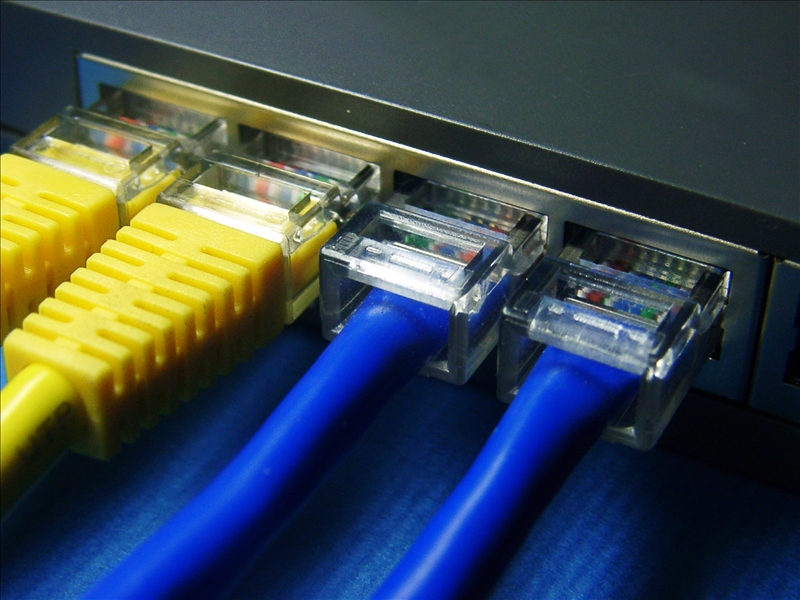
How Structured Cabling Can Improve Your Business
 Corporations that have subsidiaries located in many countries worldwide, as well as a smaller company with a handful of departments and employees, need a well-designed network that connects all their computers, printers, servers, and more.
Corporations that have subsidiaries located in many countries worldwide, as well as a smaller company with a handful of departments and employees, need a well-designed network that connects all their computers, printers, servers, and more.
An improperly installed network can result in chaos for an entire organization as it expands. In contrast, a well-designed structured cabling system allows a network to function smoothly even when it is growing rapidly.
During this period of increasingly sophisticated technology, structured cabling is the right answer for building an efficient and cost-effective network. There are numerous companies around the world that specialize in installing structured cabling, but finding the right team for your company will require due diligence.
Many companies undergoing growth focus on revamping existing structured cabling to ensure an uninterrupted flow of an increasing volume of communications and data. They hire a team of specialists who provide guidance on the cabling that will be ideal for their new infrastructure.
Designing and planning a new network revolves around implementing structured cabling solutions that will help a company meet its business needs. There are a handful of basic guidelines for the installation as summarized below:
- Ethernet cable for office buildings, data centers, call centers, small offices, and warehouses
- Fiber cable, multi-mode and single mode, for long distance calls and interactions that are free of interference
- Telco-level network wiring, patch panels, and jacks
In the case of a small office, a brand new space yet to be wired, an existing site undergoing remodeling, or a skyscraper filled with office suites, installing well-designed structured cabling that ensures an efficient and expandable network, is the key to success for the great majority of businesses. Properly installed structured cabling helps ensure the rapid and continuous flow of data, the most valuable asset of a modern company.
Progressive Office Cabling
Founded in 1986, Progressive Office’s success has been a direct result of years of commitment to seeking solutions on behalf of our clients in the Washington, D.C. and New York City areas. Efficiently working together, Progressive teams get cabling installed and operating as fast as possible while minimizing disruption and downtime. Call our toll free number (800) 614-4560 today.



 Your employees are dissatisfied by their company’s
Your employees are dissatisfied by their company’s 

 As discussed in Part 1, office space has become very valuable and costly in many cities. Some companies will need to implement space optimization, and designing their
As discussed in Part 1, office space has become very valuable and costly in many cities. Some companies will need to implement space optimization, and designing their 
 If you are busy running a business every day, you probably don’t consider the
If you are busy running a business every day, you probably don’t consider the 
 As discussed in Part 1, point-to-point cabling systems are outdated and companies should strongly consider making the transition to
As discussed in Part 1, point-to-point cabling systems are outdated and companies should strongly consider making the transition to 

